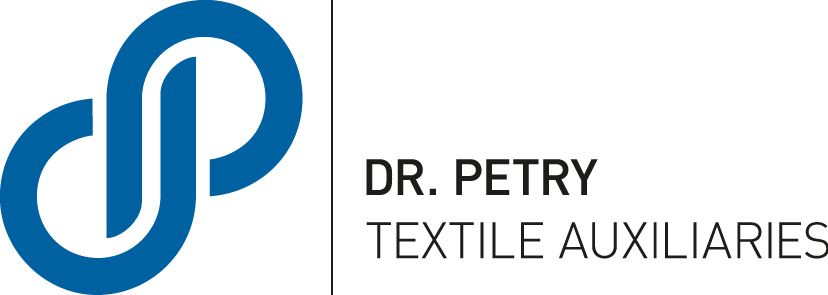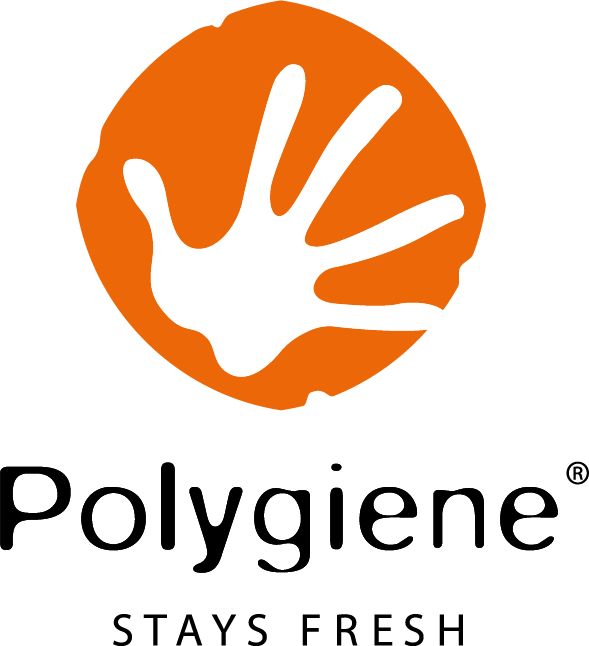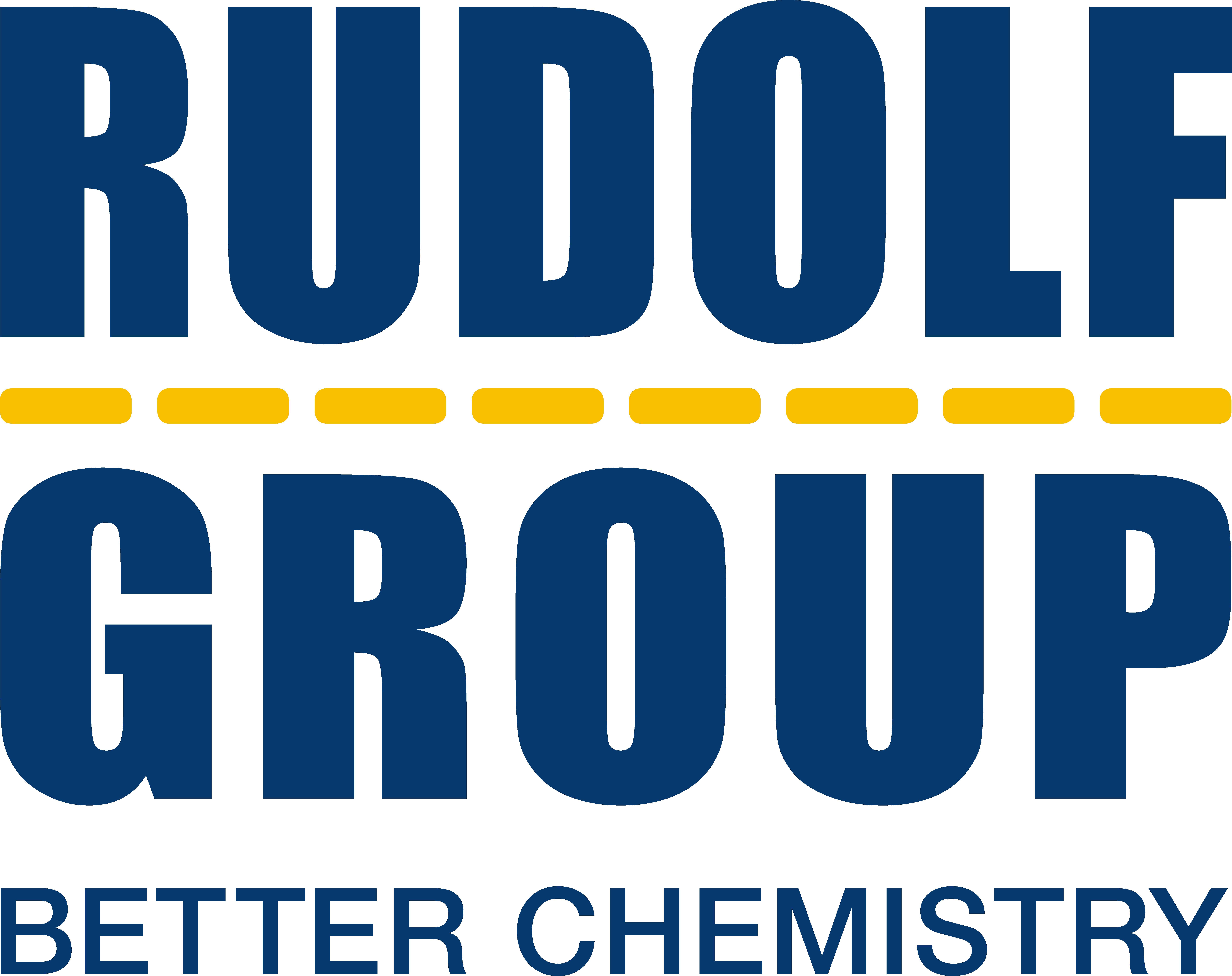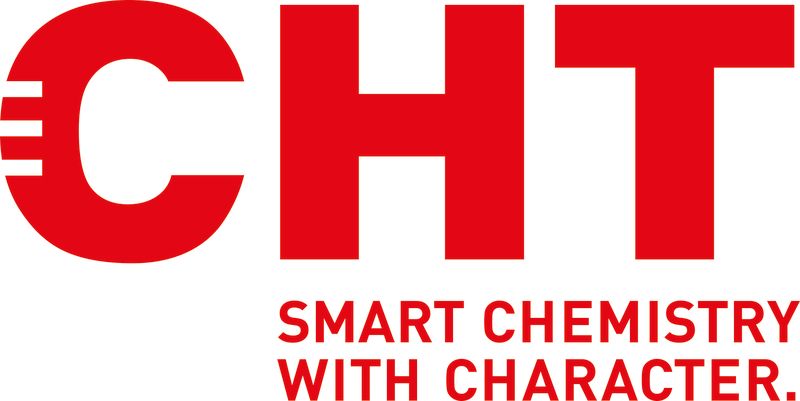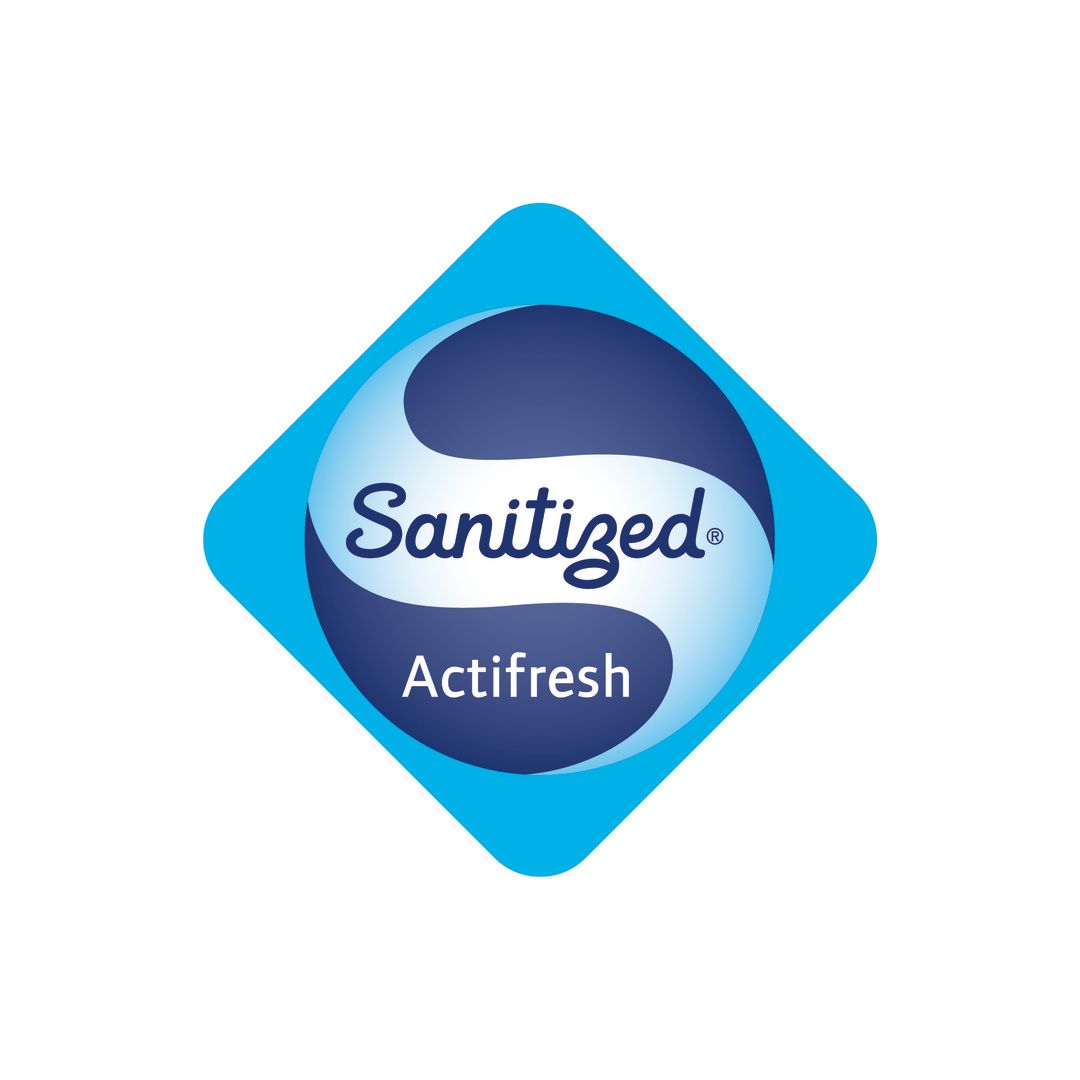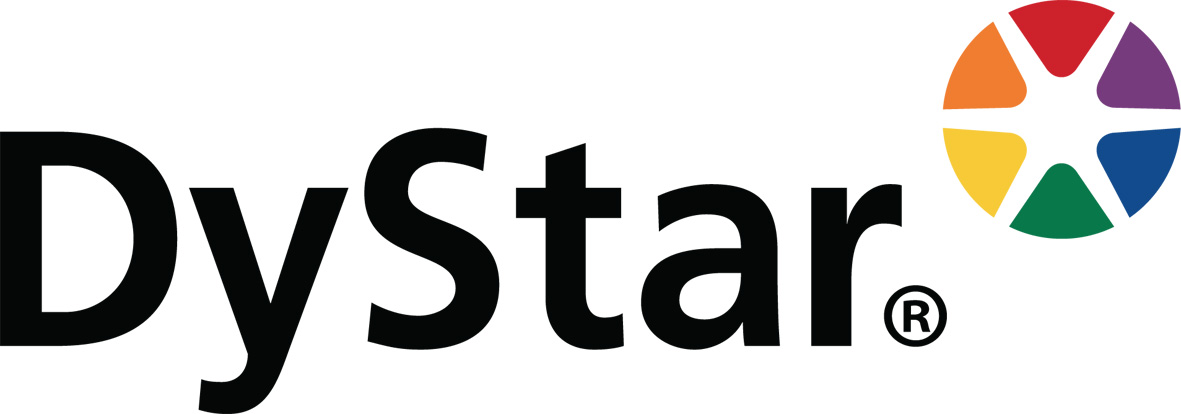More productive and cost-efficient thanks to new process technology
Today’s processes often have the problem that small métragens cannot be produced cost-efficiently because the start-up scrap is too high and the preparation sometimes takes too long.
With the latest developments of WEKO PS², the continuous dyeing process is rethought and enables a sustainable, easily reproducible and waste minimized production. Especially for reactive and Küpe (VAT) dyes.
Due to the non-contact RotaSpray rotor spray application, dyes and auxiliaries are applied homogeneously on one or both sides. The penetration level is adjustable by exact dosage of the spray quantity and selection of the correct auxiliaries if required.
Today’s standard - Pad-Dry-Pad-Steam process for woven fabrics The Pad-Dry-Pad-Steam process (PDPS) is considered the worldwide standard in continuous dyeing with reactive and vat dyes and is very widely used in classic textile countries for mass production. The PDPS process covers the entire color space in all color depths. In Europe, this process can hardly be used economically anymore due to the ever decreasing batch sizes. Also, the high amounts of salt used in the dye recipe lead to ecological problems. This process is not suitable for small-metre batches due to the strong tendency of longitudinal run-off at the beginning of the batch.
The new standard - PS² (Pad-Spray-Steam) for fabrics Instead of the two-bath application of dye bath and fixation with energy-intensive intermediate drying (hotflue), the spray process allows the fixative to be applied directly after the dye bath without intermediate steps - because the non-contact application means that the dye remains stable on the fabric and the fixative is not contaminated.
Low waste
In addition to the increase in productivity and energy savings, the PS² process is mainly characterized by the minimization of longitudinal run-off during the start-up of the dyeing section. These are mainly caused by hydrolysis and substantivity effects with reactive dyes and are almost unavoidable despite optimum dye selection in the classic pure padder process. In the PS² process, tailing can be reduced from up to 140 m to 12-20 m with excellent transfer from laboratory to production.
Short steaming time and salt-reduced to salt-free production
To increase reactivity, it is possible to increase the alkalinity of the fixed alkali by up to one pH level compared to the standard recommendation. This allows reduced steamer contents and more compact plants with reduced investment costs and space requirements to be planned for new investments. Steaming times can be reduced by up to 50%. A so-called dilution effect due to padder and wet-on-wet spray application and an associated loss of fixing yield in deeper shades should not go unmentioned here. This loss of yield in dark shades can be partly compensated by only a small addition of up to 80 g/l Glauber’s salt to the spray liquor. Light to medium shades are dyed salt-free. In general, the washability of the reactive dyes in the PS² process is greatly improved by the reduced salt load, thus reducing water consumption.
Reduced migration tendency, better long-term quality
The lack of intermediate drying additionally reduces the migration tendency of the dyes to the surface of the fabric, resulting in a better dyed-through quality. After several household washes, this effect turns out to be very positive.
CPB (cold-pad-batch) vs. RotaSpray PSB35 and SB35 process
The requirement to produce an optimally full-dyed fabric similar to the cold.pad.batch process (CPB), while eliminating the risk of selvedge and longitudinal run-off in small-metre fabrics, has aroused the interest of some CPB dyers to consider a two-bath dwell process, the so-called Pad-Spray-Batch-35 process (PSB35) or the Spray-Batch-35 (SB35). This process can be run in a standardized manner regardless of different climates and eliminates the issue of substantivity to the greatest extent possible. Reactive dye is padded and the fixing alkali is sprayed on without contact, as in the pad-spray-steam process described above. Minimum fixation times can be reduced to a maximum of 3 hours to increase turnaround time.
Another benefit of the PSB35 process is the elimination of water glass fusing methods. There is no risk of edge runs due to the carbonic acid in the air with the neutralization of the fixing alkali.
With the accessories WEKO-Cut-it, WEKO-Glue-it and WEKO-Spread-it textile production processes can be further optimized. They enable trouble-free production, reduce machine soiling, minimize material losses and thus ensure maximum productivity and profitability.
Product solutions
Please accept the appropriate cookies to view this content.
- Application of fixing and reaction agents
Partner
Contact


